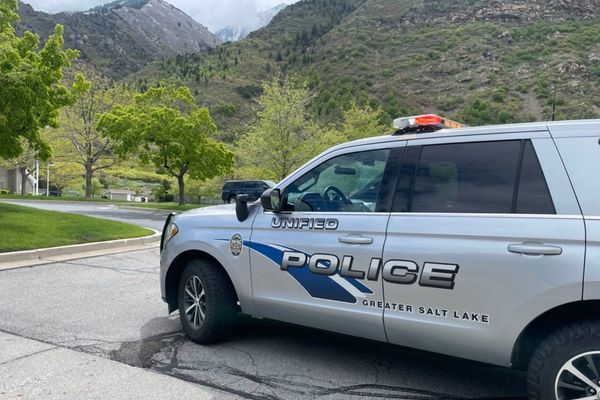
When Edye Raines heard the explosion from her office in downtown Oklahoma, she took off running. Then she realized the noise was coming from a nearby building where her two young children spent their days in child care, and true panic set in.
Harrowing footage of the chaos in the seconds following the Oklahoma City bombing 30 years ago captured a frantic mother with fiery red hair pushing through the crowds of people who had spilled out of their offices in the downtown area.
As she raced toward the Alfred P. Murrah Federal Building, the devastation confirmed her worst fear. She knew her two babies, 3-year-old Chase and 2-year-old Colton, were gone.
“My heart just sank,” she recalls in a new National Geographic docuseries, Oklahoma City Bombing: One Day in America.
“God wasn’t going to take one and leave the other without his brother. I knew that.”
Both Chase and Colton were among the 168 lives – including 19 children – lost on the morning of April 19, 1995, in the Oklahoma City bombing, which remains the deadliest act of domestic terrorism in U.S. history.

30 years later, its most haunting images, still etched in our minds, are brought back with a new three-part docuseries, as told by those who lived through the tragic day.
The series premiered on April 2 at 8 p.m. ET on National Geographic and streams the next day on Disney+ and Hulu.
The Independent took a look back at the tragedy ahead of the docuseries’ release.
The building quickly resembled a war zone
The morning of April 19, 1995, began like any other day in Oklahoma City.
Until 9:02 a.m., when a bomb exploded outside a federal building, sending the city into chaos as first responders raced to save those trapped inside.
The Alfred P. Murrah Federal Building housed offices of such federal agencies as the Bureau of Alcohol, Tobacco and Firearms, Social Security, Veterans Affairs, the Drug Enforcement Administration and Housing and Urban Development, and a federal employee credit union and military recruiting offices.
A third of the building had been reduced to rubble, with many floors flattened like pancakes. Dozens of cars were incinerated and more than 300 nearby buildings were damaged or destroyed.
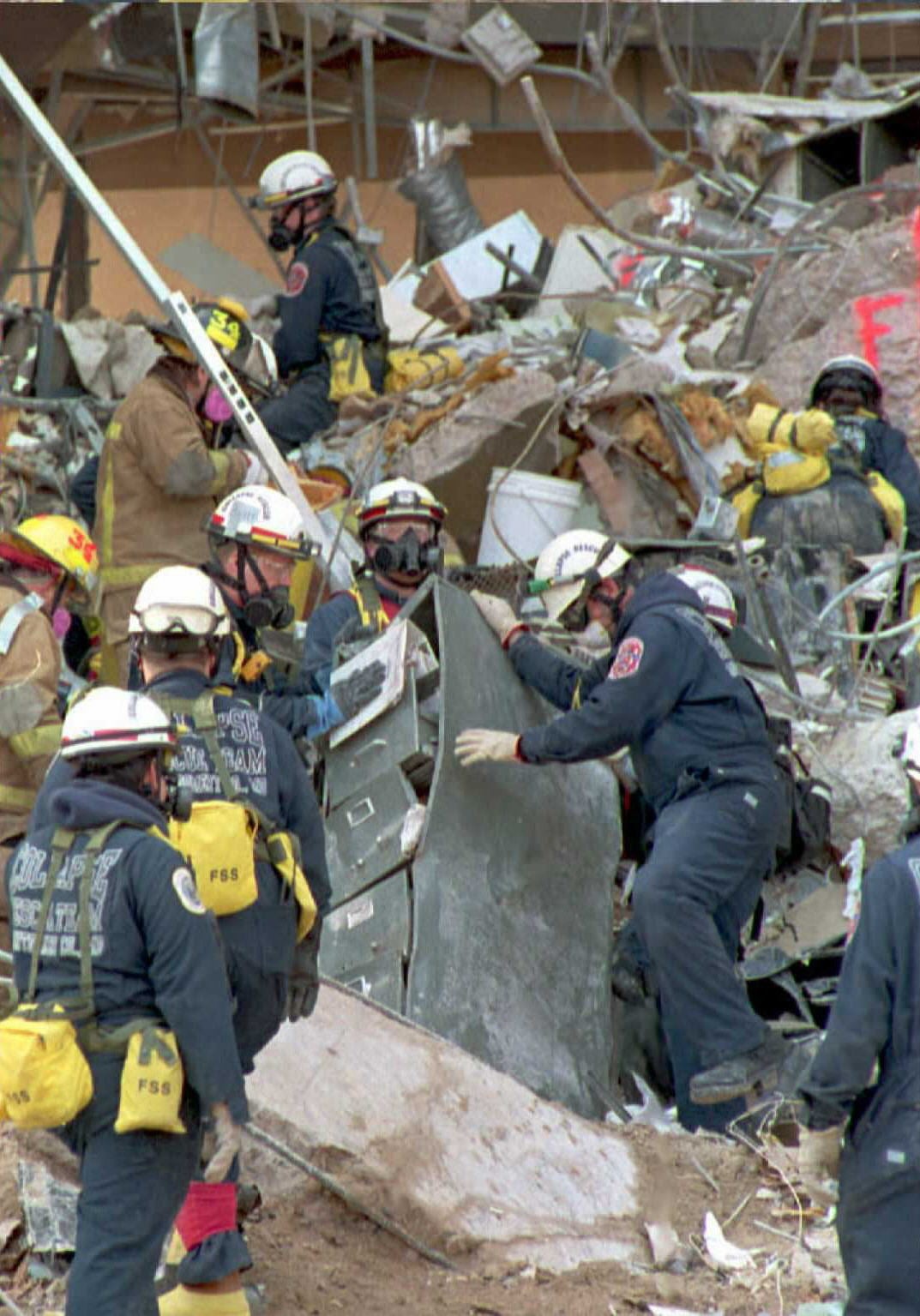
Haunting images of the Oklahoma City bombing that encapsulated the horror of the attack have remained embedded in the American psyche for decades.
One of the most iconic is the photo captured by Charles Porter IV, of firefighter Chris Fields carrying the limp, bloodied body of one-year-old Baylee Almon from the wreckage of the building.
Footage of rescue workers carrying out children, covered in blood and debris, were eerily similar to images from a war zone.
‘I laid there, basically buried alive, waiting to die’
Amy Downs was working as a teller for the Federal Employees Credit Union in the federal building when her office exploded.
Footage from the docuseries shows a vibrant office atmosphere as the tight-knit group of employees, mostly female, swapped stories over their morning coffee and joked about the “cute” ATF agents who came in to take out money for lunch.
“It was my friend group, it was my emotional support,” Downs said. “It was more than just a job.”
On the day of the bombing, Downs had just sat down at her desk, which was about 20 feet away from the building’s glass windows. Then everything changed.
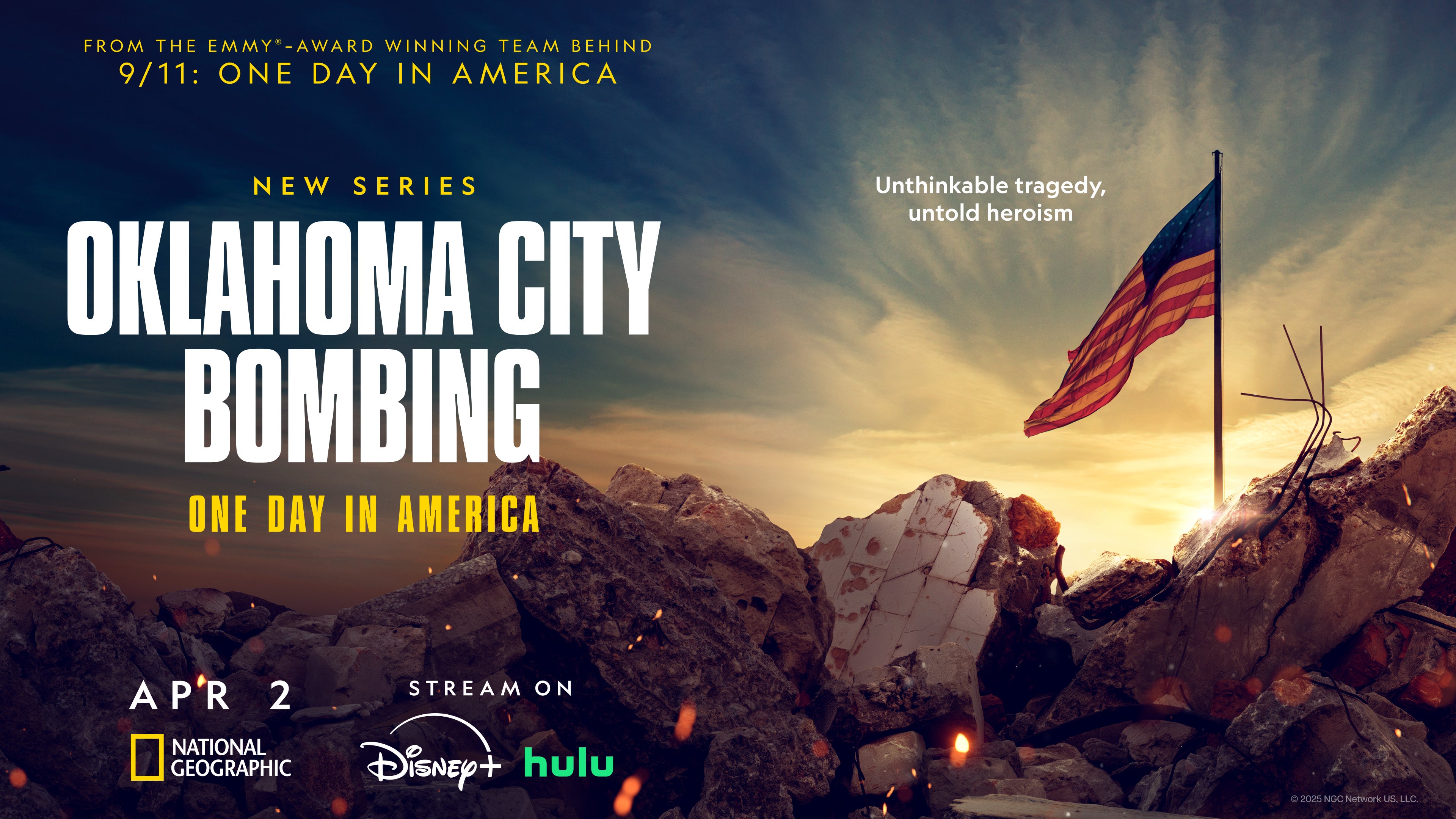
Downs fell three floors before becoming buried under ten feet of rubble. There was silence all around her, she recalled.
“I was still in my chair,” she said. “I was upside down buried in the rubble. But my right hand was sticking out of the rubble, it was free.”
Nearly an hour later, rescuers located her after seeing her hand and hearing her calling out for help. They promised to get her out, but there was hesitation in their voices, she recalled.
“I was thinking please don't leave me. Please.”
Believing another bomb was imminent, rescuers were forced to retreat leaving Downs alone and terrified. “It was completely silent,” she said.
“I remember trying to make myself fall asleep,” she said. “Maybe if I fall asleep, I’ll die in my sleep. But I couldn't make myself fall asleep. There was nothing I could do.”
“I lay there, basically buried alive, upside down in my chair in this rubble just waiting — waiting to die.”
Downs was one of the last survivors to be pulled from the rubble.
The blast killed 18 of Downs’ 33 co-workers that day. She later helped identify them by their clothing.
Downs now serves as the president and CEO of the same credit union and uses her second chance to help others as a motivational speaker who shares about living with survivor’s guilt and overcoming trauma.
She also underwent her own health journey, going from 355-pounds as a teller to completing a full Ironman at age 50 as CEO, according to her LinkedIn page.
Finding out her babies were gone
Outside the collapsed building on that horrifying day, Edye Raines clutched onto a co-worker as they stared up at the smoke billowing out of the wreckage of the building, knowing her children were inside.
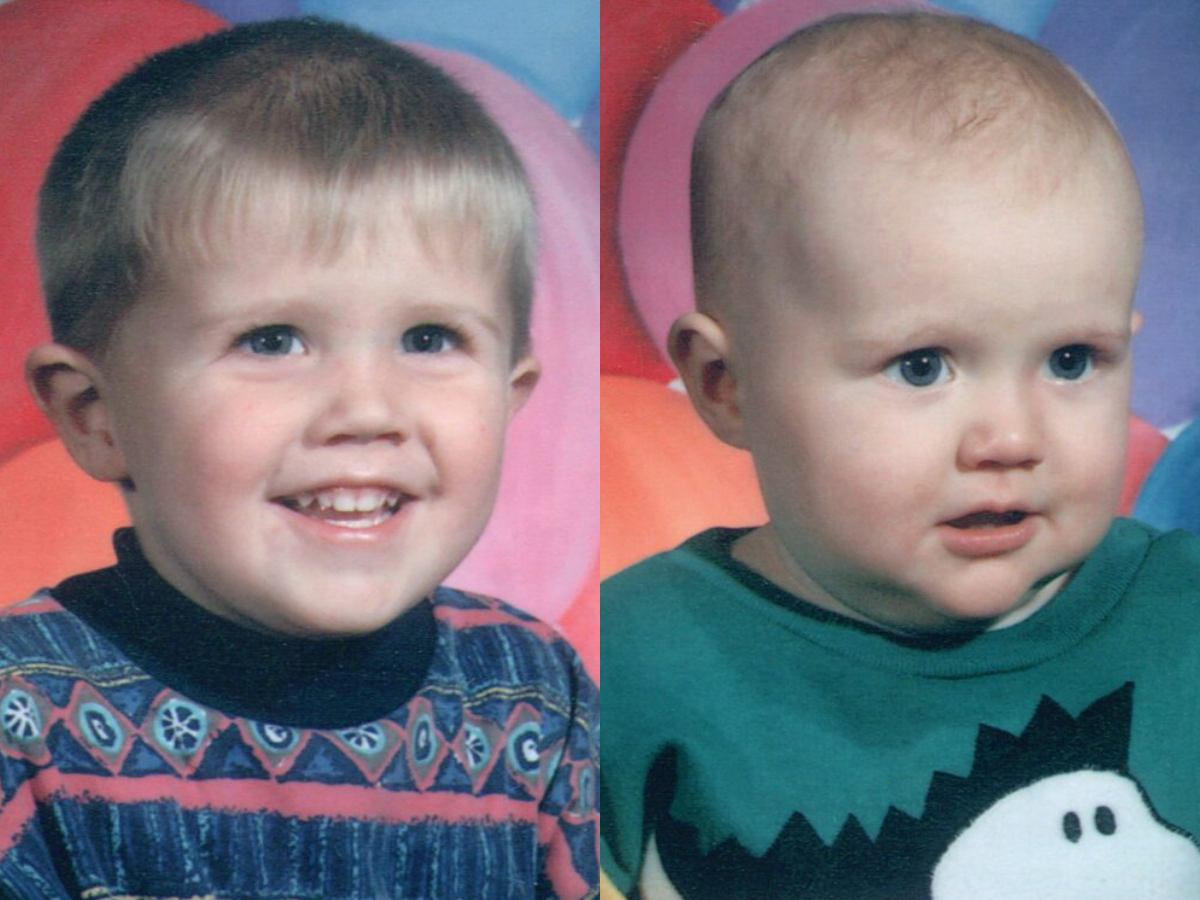
It was Raines’ brother, who worked for Yukon Police Department at the time, who found her boys.
“He came back and had this look on his face of just complete horror,” she said. “I knew right then that Chase and Colton were soaring with the angels. I just already knew.”
“I lived for those boys,” Raines continued as she wiped away her tears. “Every ounce of my being went into making sure that they were being cared for and loved and happy. But most importantly they loved each other – so much. I’m just glad they’re together.”
The docuseries, produced by 72 Films, features countless other stories of survival and heroic rescue efforts, powerful first-hand testimony from witnesses — some sharing their stories for the first time – as it gives a moment-by-moment account of the unthinkable tragedy.
“The Oklahoma City bombing was a tragedy that deeply impacted America, but in its wake, we saw extraordinary strength, compassion, and resilience,” said Tom McDonald, EVP of Global Factual and Unscripted Content at National Geographic.
“By sharing these firsthand accounts, we honor the survivors, families and heroes who responded—ensuring this pivotal moment in history is never forgotten.”
Timothy McVeigh’s arrested and execution
On April 19, 1995, a former U.S. Army soldier parked a rented Ryder truck loaded with explosives outside the Alfred P. Murrah Federal Building.
Inside the vehicle was a powerful bomb made out of a deadly cocktail of agricultural fertilizer, diesel fuel, and other chemicals,” according to the FBI. McVeigh got out, locked the door, and headed towards his getaway car. He ignited one timed fuse, then another.
It became the worst act of homegrown terrorism in the nation’s history.
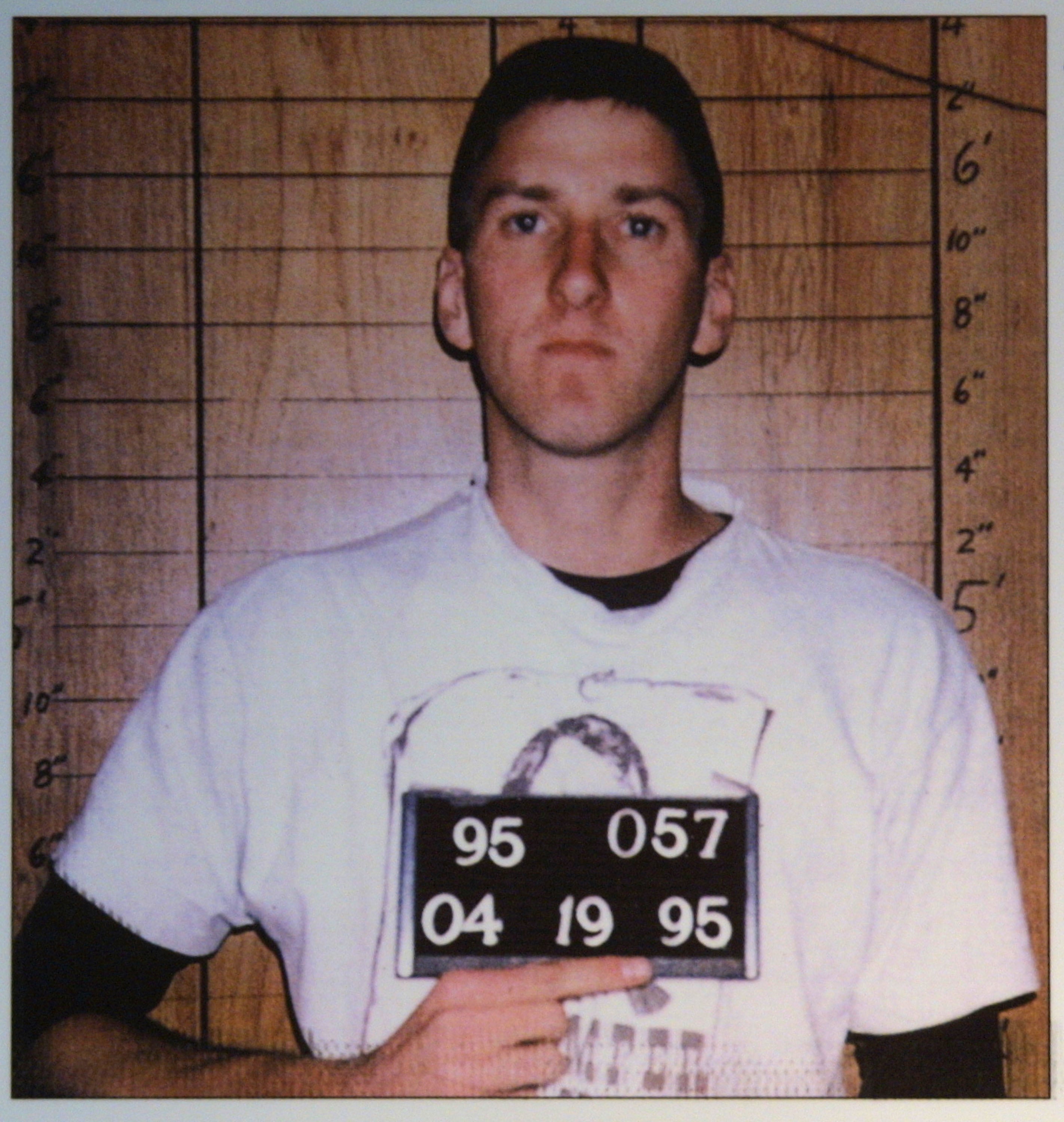
The bombing happened just two years after the first attack on the World Trade Center, leading some to immediately speculate that Middle Eastern extremists were the culprits before the FBI later discovered that two white Americans were responsible for the attack.
Former U.S. soldier Timothy McVeigh was convicted in 1997 on 11 counts of murder, conspiracy and using a weapon of mass destruction in the explosion. He was executed in 2001.
Another ex-soldier, Terry Nichols, was convicted on similar charges for his role in the bombing and sentenced to life without parole after the jury deadlocked on the death penalty.
Both men were motivated by contempt for government, the hatred sharpened by the 1993 federal raid on the Branch Davidian compound in Waco, Texas, the Associated Press reported.
“I was relieved because I thought I’m not going to have to read a quote from him in the paper every day,” Amy Downs said after McVeigh was sentenced to death. “It was a very good part in my healing journey, but no, it didn’t wrap it up in a bow, and it’s closed and it’s finished. I don’t know if that ever happened.”
In the place where the Murrah Building once stood, is now the Oklahoma City National Memorial with168 chairs on display, each chair representing a victim, ensuring that the images of that day, and the stories behind them, are never forgotten.
“The human spirit is amazing. When I look back, that’s what I see,” Downs added. “When I see all the stories, all the people who have overcome all the difficulties that resulted from this, I choose to focus on how we overcame instead of the evil that caused it.”
